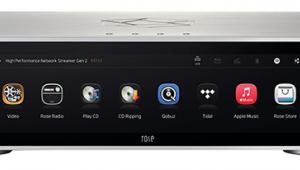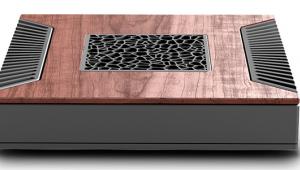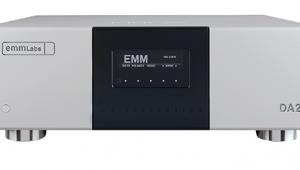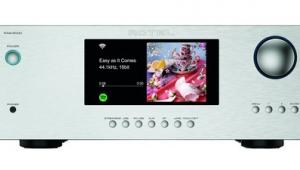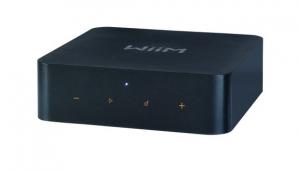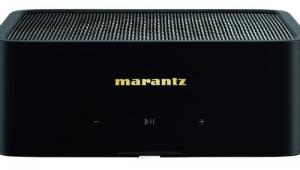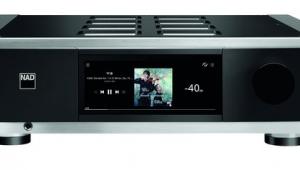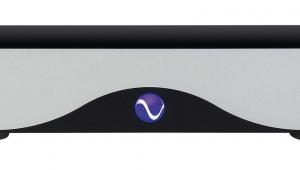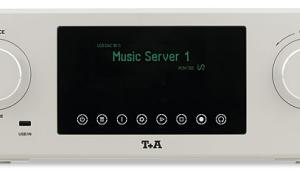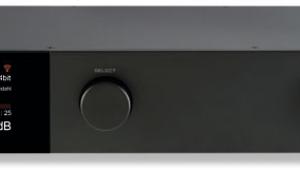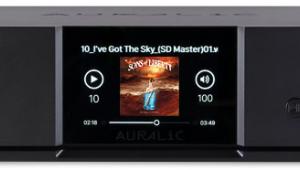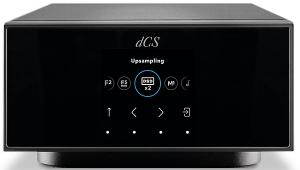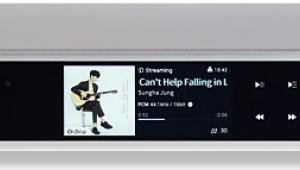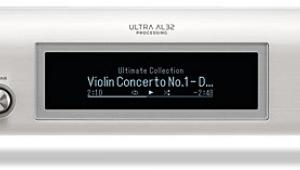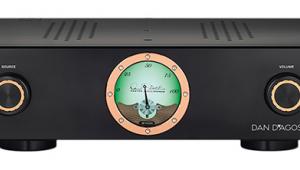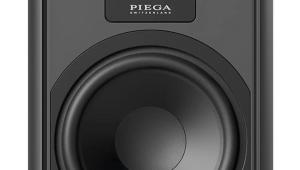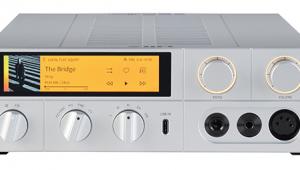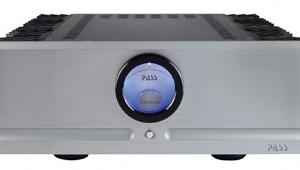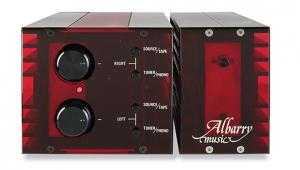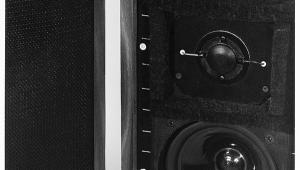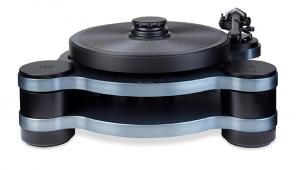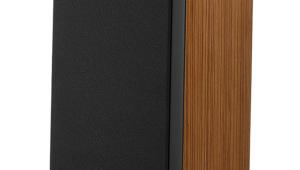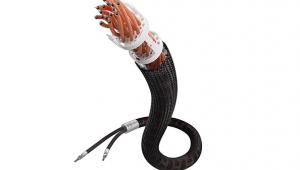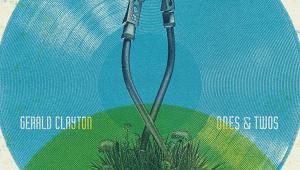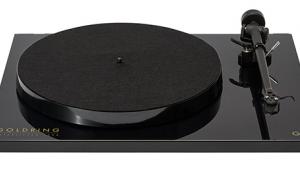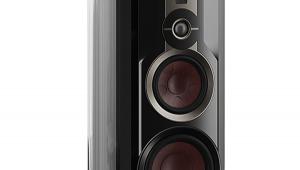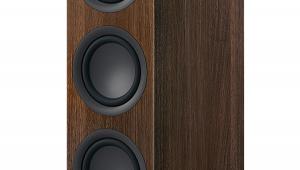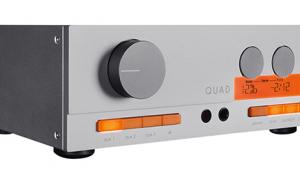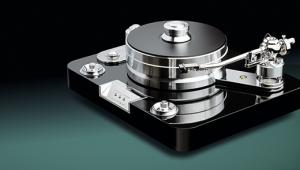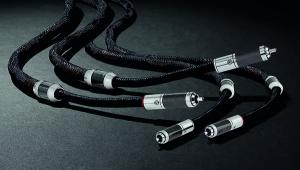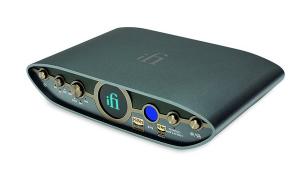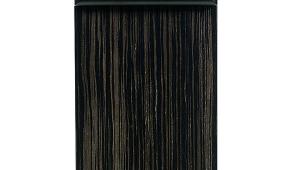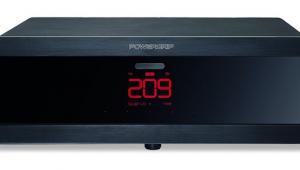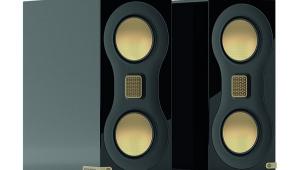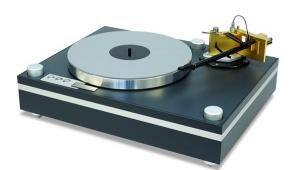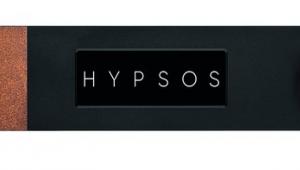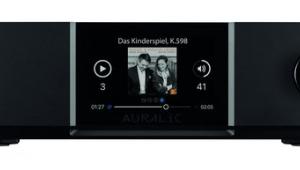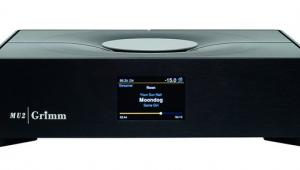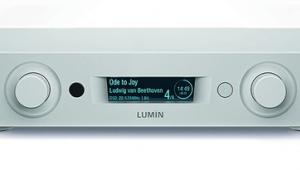Grimm Audio MU2 network player/preamp
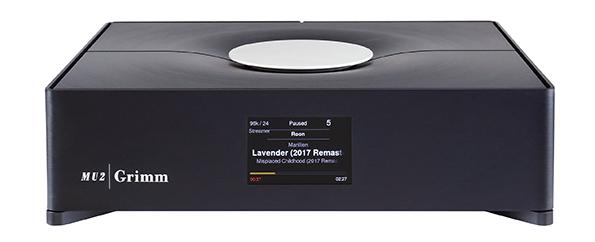

Network players have the potential to be a great leveller for ‘family listening’ outside of the exclusive audiophile world. It’s even possible that younger music fans will discover the joys of sitting and listening via a proper hi-fi system. Of course, that means everyone getting to grips with streaming music from internal storage or Tidal and Qobuz, putting together the odd personal playlist, and even routing the TV sound through the system.
That said, the learning curve involved in driving the MU2, Grimm Audio’s flagship music streamer/DAC/preamp, is somewhat steeper than usual. Yes, just about every brand of network player is different in set up and operation, as manufacturers have different priorities when it comes to functions and features, but this one is unlike anything else on the market. Priced from £16,950, this unit from the Eindhoven-based digital wizards could be seen as a high-end all-in-one, to which one only needs add power amplification and speakers, or indeed a pair of active speakers such as Grimm’s own LS models.
Let’s play
A development of the company’s £12,000 MU1 streamer [HFN Dec ’20], designed for use with external DACs or those Grimm speakers (which offer both digital and analogue inputs), the MU2 brings the digital-to-analogue conversion onboard and adds a high-end analogue preamp section with a relay-based volume control. In Grimm’s terms, that makes this a player rather than a streamer.
Like the MU1, it employs Roon technology – though even here there’s a twist – and can also be ordered with internal SSD storage for your music files. A 2TB drive adds a relatively sensible £300 to the price, while 8TB will cost you £774. These options are factory-installed, unlike some other products which offer a hatch in their baseplate to allow the user to add or swap storage at a later date.
Alternatively, the ‘bare bones’ MU2 can be used with external USB drives or network storage, or simply with streaming services including Tidal and Qobuz. And in practice there’s already ‘storage’ within the Grimm player, but it’s not for music. Here’s the twist I mentioned, for this is actually a Roon server, not just an endpoint requiring an external Roon Core. That extra drive is there to run the Roon operating system built into the unit.
Playing music on the MU2 involves Roon Core playing to the endpoint functionality also built-in, and it’s also possible to play out to external endpoints, meaning that a multiroom set-up could be put together using a variety of Roon Ready devices, all linked via the user’s home network.
Roon aside, you can control Grimm’s MU2 via the large rotary control inset into the top-plate, but this involves quite a lot of twisting and pushing. A web browser on a computer is an alternative, and some functions can be driven by a third-party IR remote control. Suffice it to say the MU2 comes with two manuals: one for the hardware, the other for the software – sticking to Roon greatly simplifies its operation.

Provided you’re a fan of how Roon does things – and from extensive experience I’d say there’s no reason why you shouldn’t be, subject to signing up for a Roon account – the MU2 shows just how well this music management system can work when entirely integrated into a playback system. The platform can handle a library of up to 100,000 tracks – so let’s say around 10,000 albums, unless you specialise in opera or similar recordings – and offers extended search tools, enhanced metadata, curated suggestions, and more.
Come together
Running the Roon app on an Android or iOS smartphone or tablet, or indeed a Windows or Mac computer, it’s possible to bring together content stored within the MU2 as well as on USB or network storage, Qobuz and Tidal streaming and even Internet radio stations, all accessed from a single interface. Okay, so you may not always agree with the reviews the system provides as part of its extended metadata offering – they can be somewhat opinionated – but its ability to make clever links between what you’re playing and what it thinks you might also like soon becomes addictive.
Also central to the MU2 is Grimm’s own Major DAC implementation. This is the result of what the company says has been a three-year development process designed to overcome the limitations of existing conversion types, from multi-bit to single-bit (or bitstream), and Pulse Width Modulation (PWM) conversion. The Major DAC design, says Grimm, occupies ‘the optimal middle ground between all these options’ [see boxout].
The player is effectively format-agnostic, so will play PCM-based formats all the way up to DXD’s 352.8/384kHz, and DSD to DSD512. As well as accepting data content from its own internal storage, where fitted, and those USB, NAS and online sources, the MU2 has AES, coaxial and optical digital inputs, while its fully symmetrical analogue output stage delivers audio to your amplification via unbalanced or XLR balanced outputs, either at fixed level or via the onboard volume control to power amps or active speakers. There’s also a headphone output, though slightly inconveniently this is on the rear panel.
![]() All-star audio
All-star audio
The MU2 takes a bit of getting used to, especially for newcomers to Roon, but the same can’t be said for the sound – this is an exceptional player of everything from online streamed content to hi-res music files, including multi-DSD formats from Grimm’s compatriot NativeDSD.com. For example, with Maxi Priest’s take on David Bowie’s ‘Starman’, from the Easy Star All-Stars Ziggy Stardub set [Easy Star Records ES-1100], the MU2 slipped into a soft-reggae vibe, while also delivering the full character and presence of his vocals. The same went for Macy Gray’s version of ‘Rock ’N’ Roll Suicide’, which is – let’s say – a bit less fraught than Bowie’s original.
That ability to bring out the finest detail was also in evidence with Peter Gabriel’s ‘Sledgehammer’, from his So album [Virgin PGCD 5]. Big and bold this highly commercial track may be, but the MU2 delved deep into the percussion, laying down a solid foundation that powered the music along, while layering the multiple instrumental lines above it, making every strand easily audible. And it sounded equally accomplished with the same album’s ‘Mercy Street’, with its simpler, more ominous mix. Here Gabriel’s vocal stood proud of the scintillating accompaniment, its percussion tingling and pattering, and the subdued bass both dark and weighty.
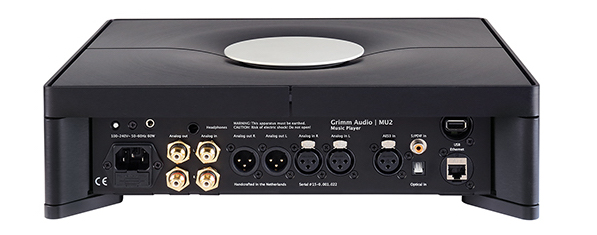
That combination of bass weight and speed, plus fine insight into the upper reaches of the mix, also characterised the way the MU2 played The Wombats’ ‘I Love America And She Hates Me’ [Oh! The Ocean; AWAL Recordings TWMB003CDX2]. Indeed, the whole album was delivered with the drive, weight and sharp focus to make it really burst from the speakers.
Full power
With classical music, Grimm’s player is every bit as convincing, the expansive soundstage of the LSO Live recording of Ravel’s Daphnis et Chloé under Antonio Pappano [LSO Live LSO0899-D, 96kHz/24-bit] being finely etched and free-breathing. From the gentle dreamlike opening to the explosive power of the full orchestra, this choreographic symphony enjoyed a weight and impact – especially in the pounding percussion – to test any amplification connected downstream of the MU2.
And you don’t need the scale of the LSO in the Barbican Hall to appreciate what the MU2 can bring to the party. With pianist Tim Allhoff’s Bach set [Berlin Classics 03034288BC], the player gave a thrillingly vibrant sound, from the strike of each note to its decay into the generous acoustic. It was fast and crisp with the Allemande from the fifth French Suite, and then rich and soulful with Allhoff’s transcriptions from the Matthäus-Passion, from the light and shade of the closing chorus to the delicate phrasing of one of the chorales.
Keeping the religious influence going, the beautifully measured Tord Gustavsen Trio album Seeing [ECM Records ECM2820] was here presented with enthralling levels of detail. Piano, bass and drums were wonderfully resolved, so the impression was of having the musicians before the listener. One can literally hang on every note, from Gustavsen’s piano through to the resonant, depth-plumbing bass and the gentle patter of the drums.
T-Rex appeal
Nor is this just a player for state-of-the-art recordings. Blasting out Marvin Gaye and Tammi Terrell’s ‘Ain’t No Mountain High Enough’ from their 1967 United album [Motown download; 192kHz/24-bit] illustrated just how much the MU2’s ability with detail can bring, and even with familiar music. Indeed, it had me playing the entire set, and realising again how great a loss was Terrell’s untimely passing – on this showing, she would have gone on to be one of the true greats.
Just to hammer home that point of new tricks applied to old dogs, a swift play of T. Rex’s swaggering ‘Get It On’, from the ‘40th Anniversary Deluxe Edition’ of Electric Warrior [A&M 533 780-0], showed the truly epic production which Tony Visconti brought to what many regard these days as throwaway pop. Scale, detail, power and drive – they were all there, and all revealed by Grimm’s remarkable player.
Hi-Fi News Verdict
The Grimm Audio MU2 may at first seem something of an outlier: unusual looks, possibly an unfamiliar brand, and of course that reliance on Roon as an operating system. However, use it for a short while and everything falls into place, from the ease with which music can be accessed to the purity and drama with which it’s reproduced. Get all your subscriptions in place, sit back, and enjoy…Sound Quality: 90%
